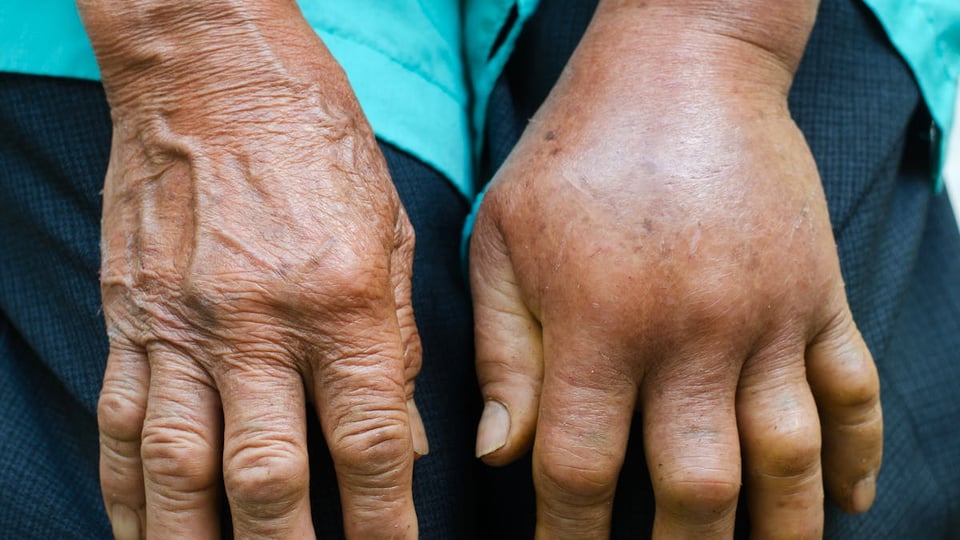Swelling, Edema, and Lymphedema
Lisa Berman Sylvestri, MSPT, CLT
Includes all course content in digital format
Prerequisites Required
Description
Clinicians often encounter patients who are affected by edema, lymphedema, and general swelling. A therapists needs to understand how to differentiate types of edema, and why proper edema management is important for optimal rehab outcomes. Many surgical procedures and chronic diseases cause edema, specifically lymphedema. Untreated swelling can delay healing, cause pain and further dysfunction, and can lead to skin and tissue degradation. All therapists should have a basic understanding of how to treat and manage long term. This can lead to improved patient satisfaction in a shorter period of time.
This course is designed to provide the clinician with the knowledge of the normal function of the lymphatic system, impairments of this system and basic assessment and treatments for lymphatic dysfunction. This pertains to oncology patients, as well as various other patient populations. Clinicians will learn through learning best practices for assessment and documentation, case studies, discussion and hand-on labs using manual techniques to reduce swelling, bandaging technique and exercises to mobilize fluid. Participants attending this course will leave with the proper tools and strategies to effectively treat these patient populations.
Highlights
- Best practices to treat patients with swelling in order to improve functional performance, mobility, and ADLs
- Properly understand the lymphatic system, causes, at risk populations and common surgeries that impact the system and how swelling interferes with recovery
- Hands-on lab practice for manual lymph drainage, bandaging/compression techniques, and exercise prescription
- Accurate assessment and differential diagnosis that will determine the best treatment plan to produce optimal functional progress
- Home exercise programs that will promote positive outcomes and long-term patient compliance
- Objectively measure and quantify edema to produce accurate documentation for treatments
Learning Objectives
- Apply knowledge of the lymphatic system to treat edema/lymphedema in various patient populations.
- Identify high risk patients to prevent lymphedema during other operative procedures.
- Utilize manual techniques and compression to mobilize fluid and decongest a swollen area.
- Objectively measure and grade edema.
- Create appropriate treatment plans to maximize function, reduce swelling and promote tissue healing.
- Explain to patients the importance of a HEP for edema management for faster recovery.
Course Content
| Swelling, Edema, and Lymphedema | SCORM Package | ||
| Next Steps | Module |
- Differential Diagnosis
- Normal anatomy/physiology of the lymphatic system
- Edema vs effusion
- Lymphatic dysfunction
- Primary vs secondary
- Lymphedema diagnosis in a variety of patientpopulations
- Indications for treatment and contraindications
- Assessment, Causes, and at Risk Populations
- Oncology patients
- Pre/post joint replacement
- Arthritis
- Diabetes
- Chronic venous insufficiency/wounds
- Pharmacological considerations
- Other diagnoses
- Developing an Effective Exercise Prescription to Reduce and Manage Swelling
- Diaphragmatic breathing
- ROM and stretching
- Types and intensity of exercise for different patient populations
- Best Practices for Manual Treatment to ImproveMobility
- Manual lymph drainage
- Scar management
- Joint mobilizations
- Stretching and trigger point work
- Bandaging
- Compression sleeves/stockings
- Prevention and Long-Term Patient Compliance, Education,and Management
- Home exercise programs
- Managing expectations
- Infection prevention
- Improving patient compliance
- Effective Strategies for Accurate Documentation
- Subjective complaints
- Objective measurements
- Circumferential measurements
- Pitting edema grading
- LLIS
- Skin integrity
- Infection history
DISCLOSURES
FINANCIAL: Lisa Sylvestri is compensated by Summit as an instructor. She is the owner of Oasis Physical Therapy and Wellness from which she receives a salary as well as ownership interest.
NONFINANCIAL: Lisa Sylvestri has no non-financial relationships to disclose.
Click here to check accreditation for this course.